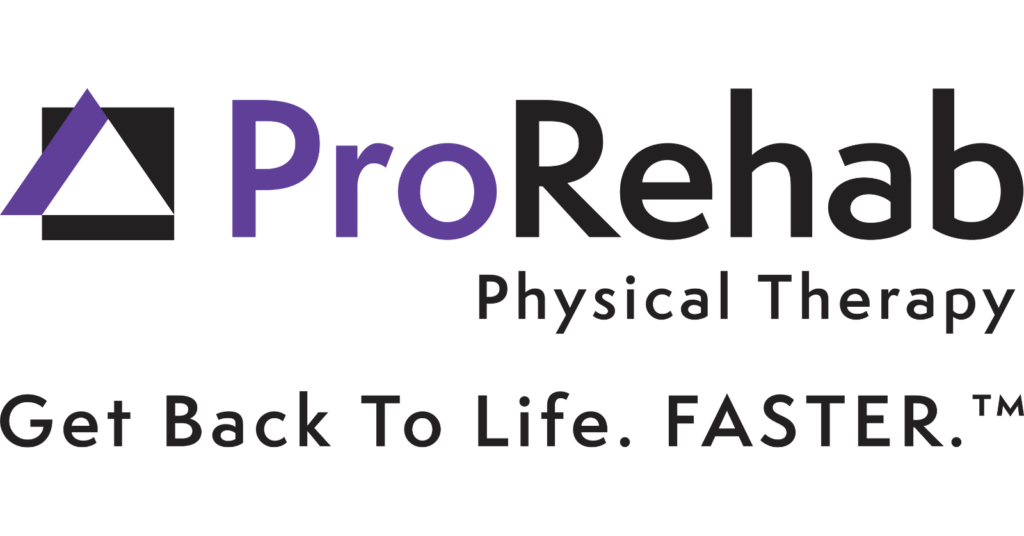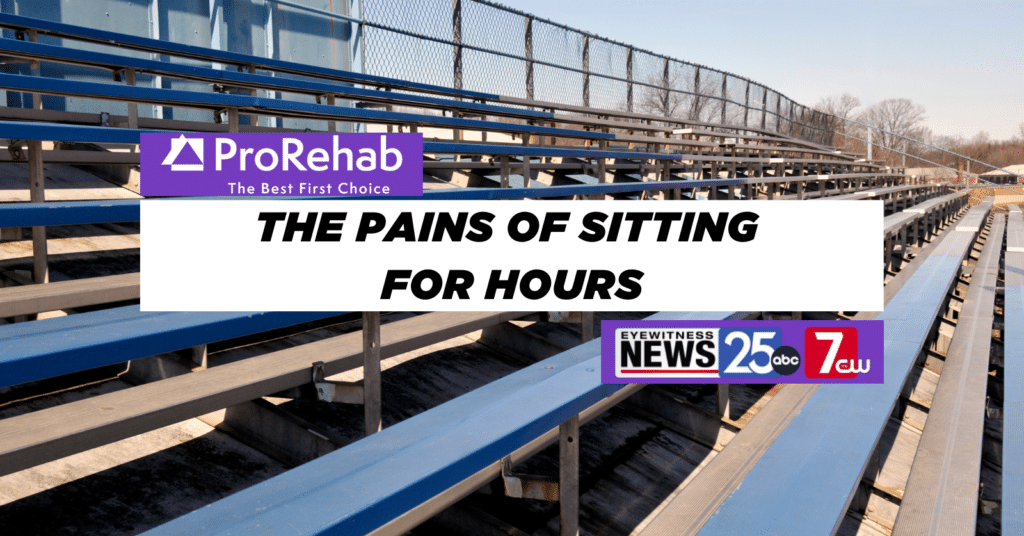Physical and occupational therapy are two professions with many similarities, but also a few key differences. Both fields help patients improve their strength, mobility, and independence, although they center their focus in different areas of patient care.
There are many differences in the patients that PTs and OTs treat, the scopes of practice, and the education required to become a PT or OT. Occupational therapy started as a profession from a background of both mental and physical rehabilitation whereas physical therapy developed purely based on recovery from physical injuries, diseases, and disabilities. Physical therapists must complete a doctorate degree while occupational therapists must complete a Master’s degree to practice.
OTs focus on improving a patient’s function through addressing fine and gross motor skills as well as the psychological impacts a patient may encounter post injury. OTs work in a variety of settings, including hospitals, school systems, skilled nursing facilities, or outpatient therapy settings. Some OTs will go a step further and specialize in the treatment of the upper extremity as a hand therapy. They are able to create custom orthoses and provide splinting to promote an optimal recovery and maximize functional gain of the hand.
OTs specialize in the function of fine motor skills of the hand, such as gripping objects, feeding, dressing, grooming, and buttoning shirts. OT’s partner with patients to improve their outlook on rehabilitation through the development of coping strategies, activity modifications, and through adaptive equipment to maximize a patient’s success. In summary, OTs focus on restoring and maximizing function through valued daily occupations (activities).
PTs focus more on the overall mobility of their clients and tasks such as walking, getting into and out of bed, running, and stair negotiation. PTs work on improving their patient’s understanding of their mobility limitations, injury, or disease process and prescribe exercises to help achieve their goals. PTs help with gross motor skills, such as walking or lifting, and help patients move around like they used to…without pain!
OTs may collaborate with PT when they need to assist a patient with mobility as it correlates to function, like getting to/from the toilet, transferring from bed to chair, bathing, or meal preparation where a patient must be mobile and stable as they work through a valued and vital daily task. PTs and OTs do often work together with the same patients and even occasionally treat patients together!
Find Out If Physical Therapy Is Right For You
Schedule an appointment with a licensed physical therapist to help recover from your chronic pain through hands-on manual therapy.
Looking at Occupational Therapy
The main purpose of OT is to improve independence with activities of daily living (ADLs), or self care tasks. OTs have the skill set to help patients think through and achieve success with these tasks. They also are experts on adaptive equipment to accomplish certain tasks with more independence. For example, an OT who observes a patient who had a stroke cannot grip a fork may add padding to the handle to allow the patient to hold the fork and eat.
Occupational therapists work in many healthcare settings, address patient care with compassion, and help people who have been through injuries, accidents, surgeries, or neurological conditions achieve their goals of independence. Occupational therapists are assisted by certified occupational therapy assistants (COTAs) who help treat patients with the same goals as OTs. If you or a loved one are struggling with things you do on a daily basis, no matter how small or large your goals are, occupational therapy can help you achieve your highest potential!
How Physical Therapy Can Help You
Physical therapists are movement experts and can help anyone who is having an issue with pain or mobility achieve their goals! Physical therapists are trained extensively on the anatomy of the human body and know how your joints, muscles, ligaments, and nerves should be functioning. They focus on healing your body without medications or surgeries to allow you efficient, pain-free movement.
PTs work with all levels of skill and patient ages, ranging from birth to elderly patients, and even elite athletes. Your PT may have a specialty in working with certain age levels, such as pediatrics or geriatrics, or with different conditions, such as orthopedics, neurological, or cardiopulmonary issues. PTs may pursue board certifications, meaning they are experts in their specialties.
Board specialties include geriatrics, pediatrics, sports, neurologic, cardiovascular and pulmonary, electrophysiologic, oncologic, orthopedic, and women’s health. You may receive care from a physical therapist assistant (PTA), who will work with you and your physical therapist on improving your movements and pain level. PTs help prescribe assistive devices such as walkers, canes, and crutches to help patients walk safely and independently. PTs work closely with caregivers to keep their loved ones safe at home. If you or someone you know is struggling with a mobility challenge, weakness, or pain, physical therapy can help improve your life tremendously!



